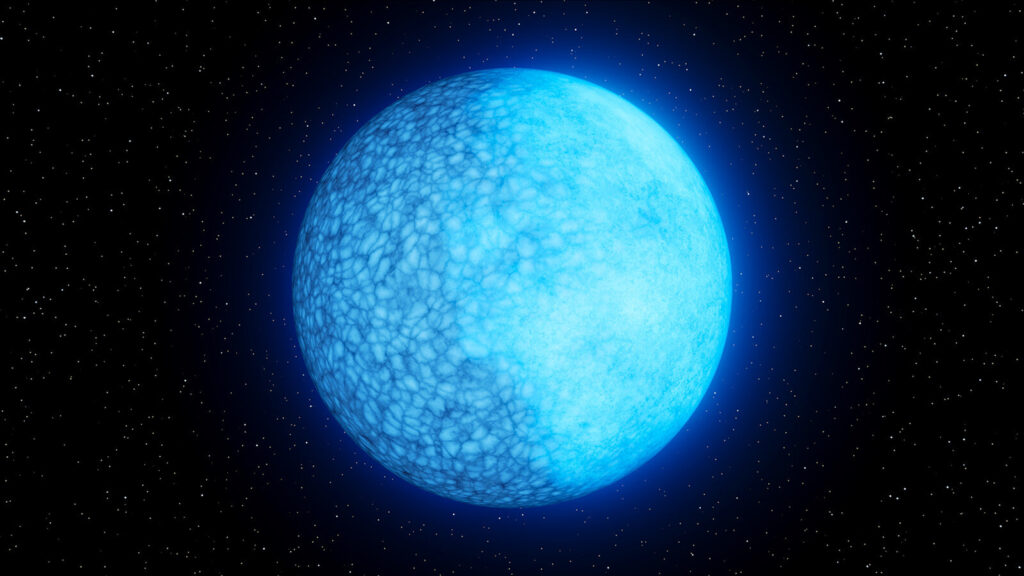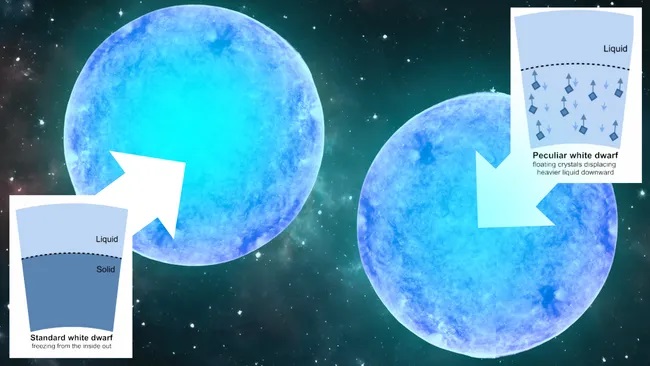Scientists have discovered a completely new astrophysical phenomenon that could change the system of measuring the age of "dead" stars

Scientists have discovered that some white dwarfs, stars that remain after the "death" of stars like the Sun, may take longer to cool than previously thought. This means that white dwarfs may have a way to generate energy after their "death," which contradicts the classical view of them as inactive dead stars. As a result, some white dwarfs may be billions of years older than currently estimated.
Here's What We Know
By analysing data from the 2019 Gaia space mission, scientists have discovered a population of white dwarfs that appear to have stopped cooling for billions of years. Now a team of researchers led by Antoine Bédard of the University of Warwick and Simon Blouin of the University of Victoria think they know the mechanism behind this surprising discovery.

Bedard and his colleagues believe that some white dwarfs have dense plasma inside that doesn't freeze. They have discovered a kind of "celestial fountain of youth" so to speak that lurks beneath the envelope of some of these stars.
Experts say that when solid matter rises upwards, it displaces liquid material that is travelling downwards. As the heavier material moves toward the heart of white dwarfs, gravitational energy is released. This energy can be converted into heat, thereby halting the cooling process for billions of years.
Currently, when scientists look at white dwarfs, they assume that the cooler the dwarf, the older it is. The cooling delay experienced by these stars could mean that their temperatures make them appear much younger than they actually are.
Thus, the discovery of these age-defying white dwarfs and the mechanism they use as a "source of youth" may actually change the way astronomers date stars in general.
Source: Space